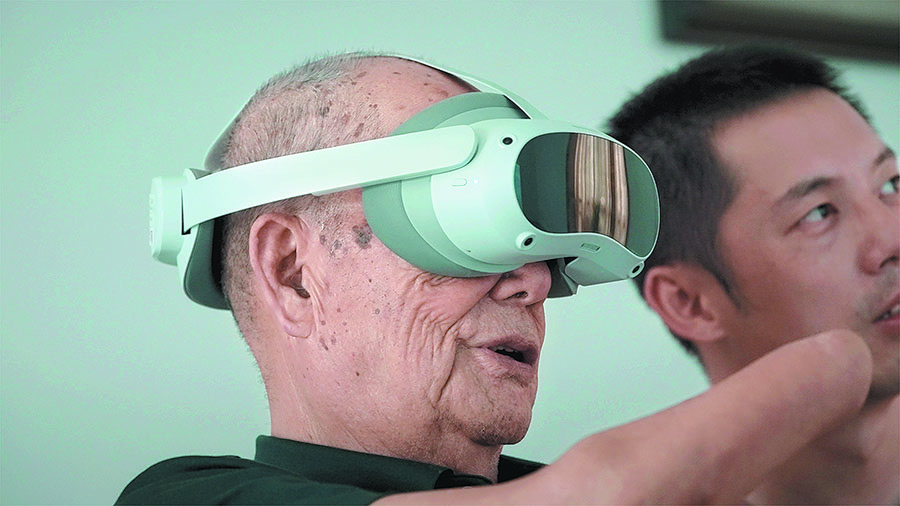Documentary uses VR to help veterans relive past glories


After extensive phone calls and on-site research, the production unit traveled across multiple regions and provinces, including Hunan, Hubei, Guangdong, Guangxi, Heilongjiang, Liaoning and Shandong. Ultimately, the stories of 18 veterans were documented.
"During the research phase, we realized that these CPV veterans, no longer in their youth and sometimes even struggling with mobility, have a strong desire for someone to listen to their stories," says Sun.
"I hope that each viewer of the documentary can keep these people in their memories."
Each story in the documentary unfolds from the perspective of the younger descendants of the veterans. This arrangement, according to the director, is deliberate.
"The war that took place 70 years ago seems distant from us. We know the stories of such heroes as Huang Jiguang and Qiu Shaoyun from textbooks, and through movies, we have visualized the war to some extent, and learned about the greatness of CPV," says Sun.
Yet, on a personal level, they could very well be someone's grandparents — just unassuming elderly individuals. Regrettably, when it concerns the stories of our own grandparents, they are often overlooked by young people, he adds.
That's why he wanted to direct such a documentary to encourage today's younger generation to get closer to the inner world of their grandparents and older ancestors.
"I'm deeply touched," Hong Yi, a 28-year-old viewer, says.
"This documentary adds a sense of warmth to technology, zooming in from the familiar grand narrative of war to each vivid individual story. This film has the power to weave dreams, where, within this dream, the past, though unchangeable, remains open for people to revisit, reconcile with, and reimagine."


















